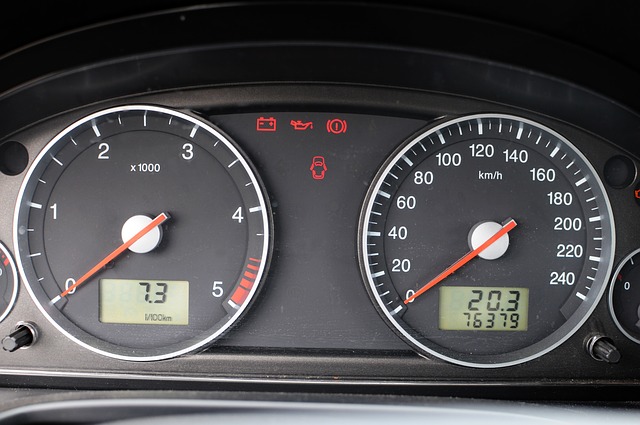
Many people will check VIN at Kenworth first before deciding to buy a car. By doing this, the buyer will be assured that the seller does not lie to him and his car is without charge. For many, this is very important because the vehicle’s past affects its use in the future.
Checking the VIN at Kenworth
Why is checking the VIN at Kenworth so important? We will illustrate this by an example. The X salesman issued a Y car for sale. The announcement informs us that the car is accident-free and he has been using the vehicle for several years. To be sure, to check the truthfulness of the seller, the willing buyer checks the thickness of the varnish with the meter. As it turns out, the varnish is original, i.e. the car is accident-free. But are you sure?
Checking the VIN at Kenworth
After checking the VIN number, it turns out that the vehicle a few years earlier had a quite serious accident as a result of which the bumpers were seriously damaged. The owner then exchanged these bumpers, using parts from another car of the same color. Thanks to this, he avoided painting and putty, and to interested people he can say that the car is accident-free because it has an original paint.
Before buying Kenworth, it’s worth checking the vehicle history with VIN.
The generated report is an invaluable aid in checking the vehicle. The data it contains is a basic compilation of information necessary to know the history of the car. All the information contained in the report you receive is an indispensable and even necessary element of checking the car before buying it.
VIN number what is it?
The VIN, or Vehicle Indentification Number, is a unique vehicle identification number that contains numerous and important pieces of information about a car. The VIN includes information such as country of manufacture, model year, drive type, engine version, equipment options, among others.
VIN numbers were first used in 1954 in the United States. Car manufacturers such as Faw were already marking their cars in this way. Marking of this type began to be used by manufacturers in Europe. However, the first numbers looked very different. It was not until the 1980s (in 1981 to be precise) that the world’s manufacturers, together with the US manufacturers, finally agreed on this issue.
In 1981, the National Highway Traffic Safety Administration in the United States standardised the format. Cars sold should contain a 17-character VIN that does not contain the letters I (I), O (o) or P (q) (to avoid confusion with the numbers 1 and 0).
A common standard has therefore been developed to facilitate the work of the police, insurance companies and used car dealers. From now on, the VIN of each car has 17 characters – letters and numbers.


 EN
EN  PL
PL  RU
RU  DE
DE  HU
HU  EE
EE  LV
LV  RO
RO  SI
SI  CZ
CZ  LT
LT 